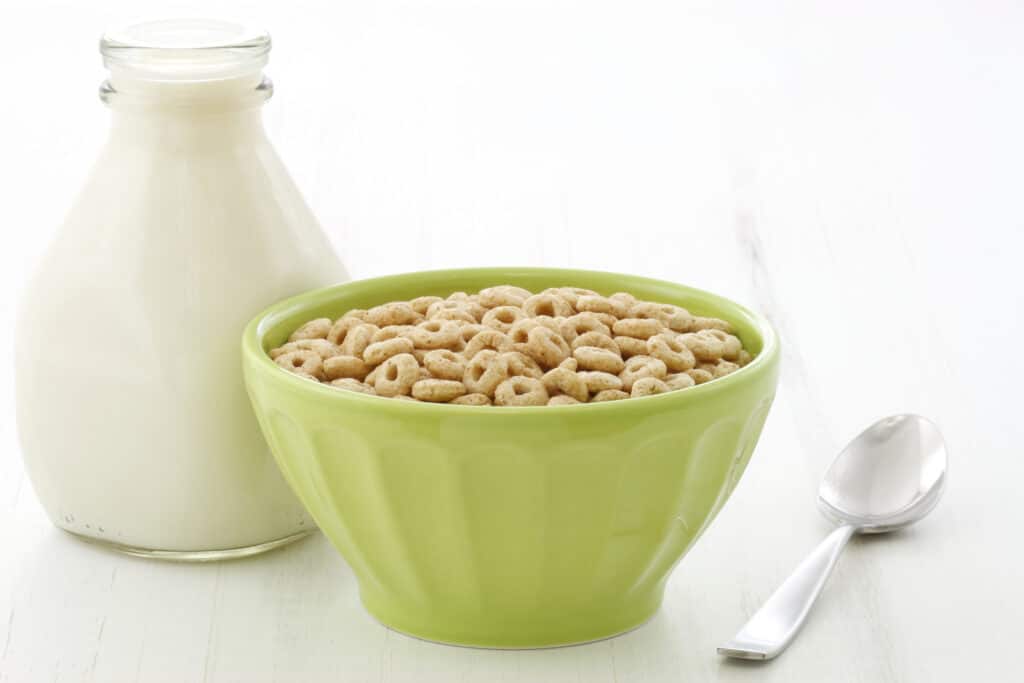Homogenous vs heterogenous is a common debate when looking at mixtures. Are you familiar with these terms? They are both types of mixtures with distinct properties. However, they have more differences than similarities. Follow along to learn about the key differences between homogenous and heterogenous mixtures.
What Does Homogenous Mean?
Homogenous mixtures refer to solid, liquid, or gaseous mixtures with a uniform composition. The composition is the same throughout the mixture. Typically, homogenous mixtures are smooth and are only one phase of matter. In other words, you can’t simply pick out parts of a homogenous mixture. The ingredients, or components, aren’t visibly separate. An example of a homogenous mixture is coffee. This mixture is homogenous because it’s made with solutes and a solvent. Coffee is typically made by brewing water and instant coffee. There is no way to separate the two after the coffee dissolves. It becomes a new thing completely.

In the debate between homogenous and heterogenous, coffee is a homogenous mixture.
©Evgeny Karandaev/Shutterstock.com
What is a Heterogenous Mixture?
Now, onto the other mixture, heterogeneous. This mixture is the opposite of a homogenous mixture. Heterogenous mixtures are mixtures where the components are not uniform. This makes it easy to separate the components of a mixture. Sometimes, they aren’t visible to the naked eye though. For example, blood is a heterogenous mixture, despite how solid it appears. You can’t separate blood cells and plasma with your hands, but you can centrifuge them. One of the most common heterogeneous mixtures examples is a bowl of cereal and milk. The cereal doesn’t dissolve into the milk. You can pick out the cereal from the milk, making it heterogeneous.
A good way trick to telling these two mixtures apart is by their names. For instance, the word “heterogenous”, has the word “hetero” in the beginning. The word “hetero” refers to different, other, or multiple. There are multiple components in a mixture. The word “homogenous” has the word “homo” at the beginning, which means same, or one. It’s the same mixture. It’s just one mixture.

An example of a heterogenous mixture is a bowl of milk and cereal.
©iStock.com/tacar
Examples of Homogenous Mixtures
It’s harder to find examples of homogenous mixtures. They exist, but they can be hard to tell apart. Not all mixtures are liquid. For example, the air is a homogenous mixture. Air is a mixture of multiple gases. It’s mainly made up of nitrogen, oxygen, and water vapor. Samples of air are homogenous, no matter where you take the sample. The only difference is the concentration of air pollutants.
Another example of a homogenous mixture is brass. This solid is a mixture of copper and zinc. Once the brass is made, it cannot be separated. Sugar water and salt water are also homogenous mixtures. Salt and sugar dissolve in water. They become a new mixture.
Interestingly, unopened soda is also a homogenous mixture. When the can is unopened, the particles are dispersed evenly. While the mixture is uniform, when the mixture is opened, it becomes heterogeneous. This is because gas releases once the bottle or can is open. You can see gas bubbles on the top, a sign of a different state of matter.

Brass is homogenous since it’s made from copper and zinc.
©furtseff/Shutterstock.com
Examples of Heterogenous Mixtures
While most people think cake is homogenous, it’s the opposite (depending on who you ask)!
The cake is a heterogenous mixture because the ingredients don’t fully dissolve. While it’s a smooth liquid baked into a new form (liquid to solid), it’s still heterogeneous. But why and how? Well, first, the components aren’t evenly distributed. Also, air pockets can exist in baked cake and cake batter. However, some people argue that cake is a homogenous mixture.
While that example is complicated, a more common heterogeneous mixture is oil and water. When you mix oil with water, nothing happens. The water and oil remain separate. You can physically see that the oil and water don’t dissolve with one another.
Another heterogeneous mixture is sand. While sand looks uniform at first glance, sand at the beach is made up of different components. They are tiny, but not uniform. If you take a handful of sand or soil, you’ll notice there are tiny seashells and pieces of plants.
Ice in a cup of juice or soda is another heterogeneous mixture. You can physically see that the ice and juice don’t mix. Instead, they are in two different forms. You can take out the ice from the cup.

The cake is complicated but can be considered heterogenous since air bubbles are common.
©Nataliya Arzamasova/Shutterstock.com
The photo featured at the top of this post is © fen deneyim/Shutterstock.com
Thank you for reading! Have some feedback for us? Contact the AZ Animals editorial team.






